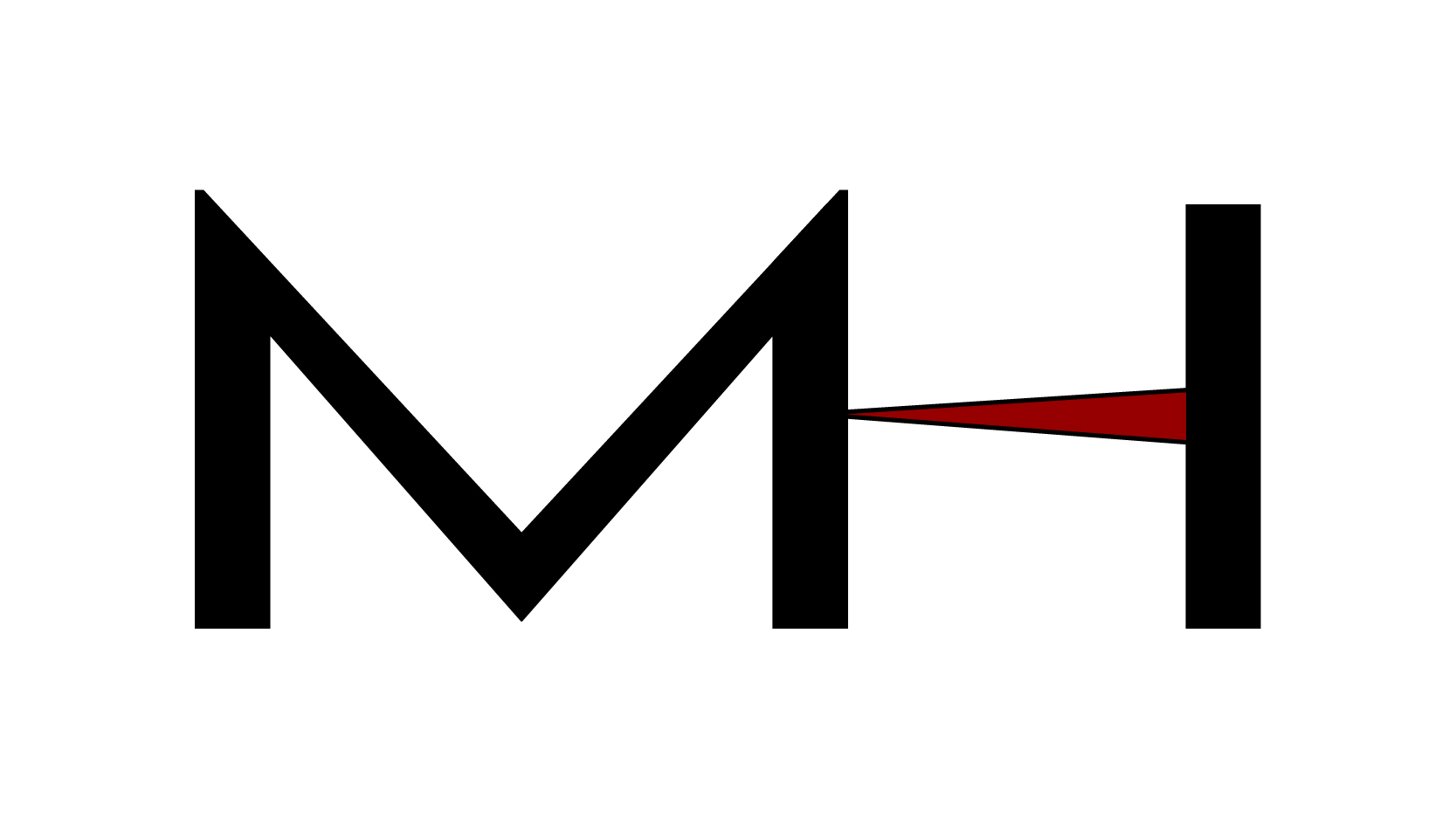- 0 Comments
- BLOG Professional Development
Undergraduate degrees generally provide foundational knowledge that students build upon by experience and discovery of new information. In the following sections, I would like to explore why mandated continuing education (CE) is a viable option by considering the work of Landers, McWhorter, Krum, and Glovinsky (2005). Landers et al. (2005) noted their study that indicated […]
Read More